Infinity Reference 1200S Bruksanvisning
Läs gratis den bruksanvisning för Infinity Reference 1200S (6 sidor) i kategorin Subwoofer. Guiden har ansetts hjälpsam av 28 personer och har ett genomsnittsbetyg på 5.0 stjärnor baserat på 14.5 recensioner. Har du en fråga om Infinity Reference 1200S eller vill du ställa frågor till andra användare av produkten? Ställ en fråga
Sida 1/6

REFERENCE
®
1000s
1200s
Produktspecifikationer
| Varumärke: | Infinity |
| Kategori: | Subwoofer |
| Modell: | Reference 1200S |
Behöver du hjälp?
Om du behöver hjälp med Infinity Reference 1200S ställ en fråga nedan och andra användare kommer att svara dig
Subwoofer Infinity Manualer
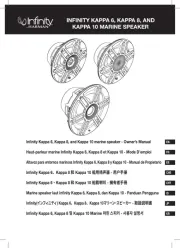
10 September 2025

9 September 2025
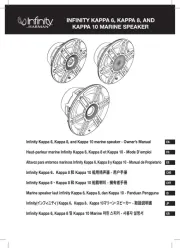
9 September 2025

9 September 2025
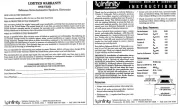
23 Juni 2025
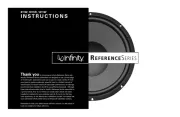
23 Juni 2025
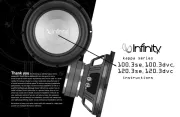
22 Juni 2025
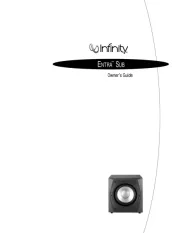
22 Juni 2025
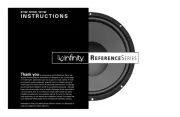
22 Juni 2025

22 Juni 2025
Subwoofer Manualer
- Insignia
- Tannoy
- Audison
- Marantz
- KRK
- Power Dynamics
- Audibax
- Gemini
- Tivoli Audio
- Audiofrog
- Kali Audio
- Nakamichi
- HK Audio
- Dynacord
- OSD Audio
Nyaste Subwoofer Manualer
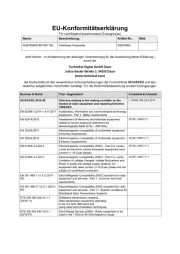
21 Oktober 2025
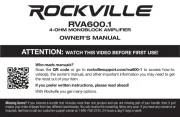
18 Oktober 2025
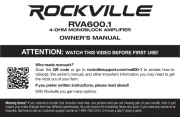
18 Oktober 2025
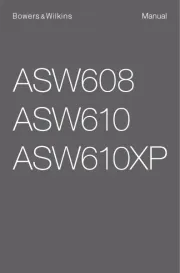
15 Oktober 2025
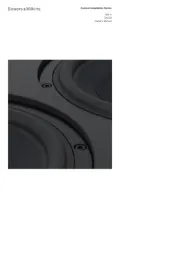
15 Oktober 2025
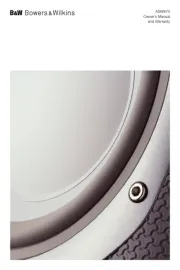
15 Oktober 2025
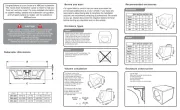
13 Oktober 2025
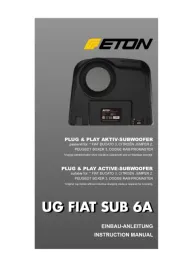
13 Oktober 2025

13 Oktober 2025
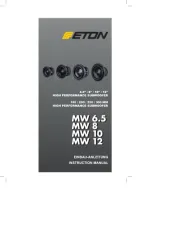
13 Oktober 2025